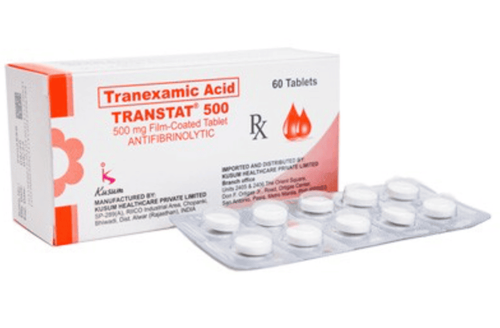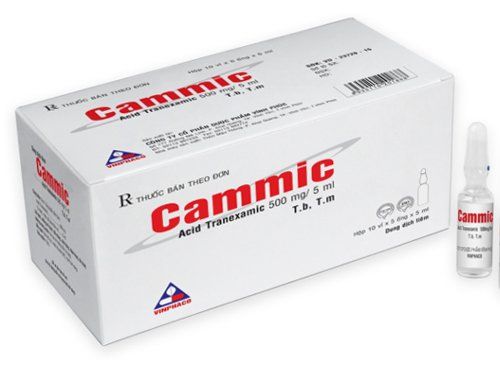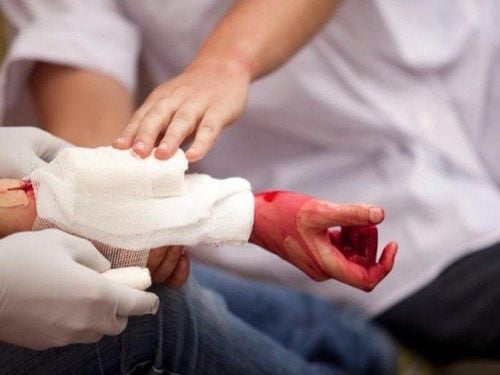This is an automatically translated article.
Posted by Master, Doctor Pham Khac Tiep - Pediatric Center - Vinmec Times City International HospitalNosebleeds are common in children. The cause may be the primary cause or the initial manifestation of coagulopathy, ear, nose and throat disease. Whatever the cause, first aid is necessary to reduce adverse effects on the child.
1. Causes of nosebleeds in children
Some causes of nosebleeds in children can be:
Rhinitis : Causes the blood vessels in the nose to widen, there are certain changes, just the child has a slight impact on the outside. cause nosebleeds. Congenital: The structure of the blood vessel wall is abnormal, the structure of the nasal septum is thin, ... making the child more susceptible to external influences, leading to injury and nosebleeds; Due to impact and trauma: Children are prone to nosebleeds while playing, hitting hard objects such as tables, chairs or putting foreign objects and toys into their noses;
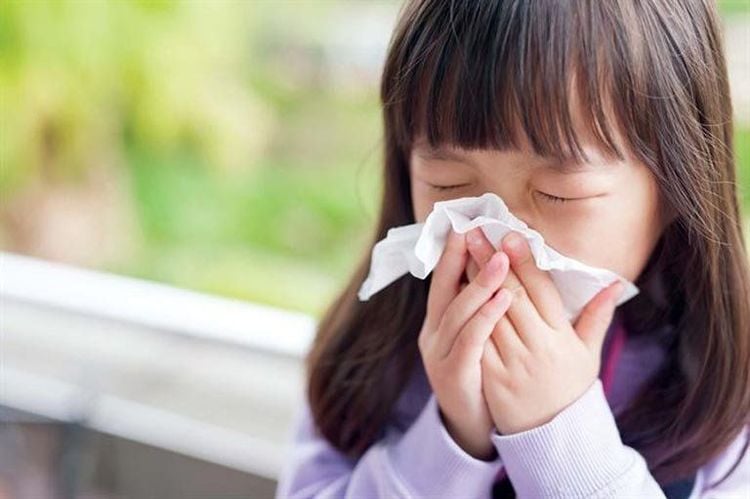
Trẻ bị viêm mũi có thể gây chảy máu cam
Weather: In the cold season, the weather is dry, the humidity is too low, making the mucous membranes of the baby's nasal walls less elastic, more sensitive, just a small impact such as blowing, sneezing or rubbing their nose. The nose can also bleed on one or both sides. In addition, children may have nosebleeds due to having undergone nasal surgery, using some nasal sprays for a long time, taking anticoagulants, ... or as a manifestation of dangerous diseases. such as dengue fever , hypertension , liver - kidney disease , coagulation dysfunction , blood cancer ......
2. First aid helps stop bleeding
Have the child sit upright and lean slightly forward. Do not let the child lie on his back or tilt his head back. Use your thumb and index finger to forcefully squeeze the bleeding side of the nose. Squeeze for about 5 minutes. If bleeding continues after 5 minutes, repeat the above method. In the event that first aid for a nosebleed in a child does not yield results, the child should be taken to the hospital when:
Nosebleeds do not stop after 10 minutes of first aid at home.
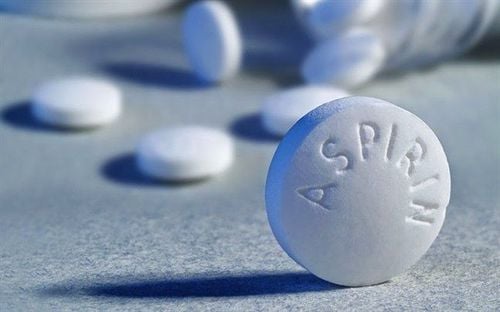
Trường hợp trẻ đang dùng thuốc aspirin bị chảy máu cam cần đưa trẻ đến bệnh viện
3. Drug treatment and monitoring for nosebleeds
The doctor can use specialized cotton or insert a balloon into the nose, or use electrocautery to stop bleeding.
After first aid for nosebleeds in children still need to be monitored when:
Some cases of broken nose bridge need to see a specialist for advice after the swelling subsides. Children should avoid strenuous activity; Bend down; and blow, rub, or pick your nose until it heals. The pediatric department at Vinmec International General Hospital is the address for receiving and examining diseases that infants and young children are susceptible to: viral fever, bacterial fever, otitis media, pneumonia in children. ,... With modern equipment, sterile space, minimizing the impact as well as the risk of disease spread. Along with that is the dedication from the doctors with professional experience with pediatric patients, making the examination no longer a concern of the parents.
Please dial HOTLINE for more information or register for an appointment HERE. Download MyVinmec app to make appointments faster and to manage your bookings easily.
MORE
Nosebleeds in children and what you need to know Correct first aid for nosebleeds Is frequent nosebleeds dangerous for children?





